Crater Lake
Crater Lake, located in southern Oregon, is one of the most breathtaking natural wonders in the United States. It is in Klamath County. Known for its deep blue color and remarkable clarity, it is the deepest lake in the country and one of the most pristine bodies of water in the world. Formed nearly 7,700 years ago by the collapse of Mount Mazama, this caldera lake is the centerpiece of Crater Lake National Park and continues to captivate visitors with its scenic beauty, geological significance, and ecological richness.
.png) |
Crater Lake
|
.png) |
| Crater Lake |
Formation and Geology
Crater Lake was formed by a cataclysmic volcanic eruption of Mount Mazama, a stratovolcano that once stood approximately 12,000 feet tall. The massive eruption, estimated to have been over 40 times more powerful than the 1980 eruption of Mount St. Helens, expelled massive amounts of magma and caused the mountain’s summit to collapse. This collapse created a large caldera, which gradually filled with rainwater and snowmelt over centuries, forming Crater Lake.
With a depth of 1,949 feet (594 meters), Crater Lake is the deepest lake in the United States and the ninth deepest in the world. Its exceptional clarity is due to the lack of incoming sediment from rivers or streams, as the lake is fed solely by precipitation and snowmelt. The lake’s striking blue hue results from the way water absorbs and scatters sunlight, allowing only the shorter blue wavelengths to be reflected back to the observer.
 |
| Crater Lake |
Unique Features and Attractions
One of Crater Lake’s most famous features is Wizard Island, a cinder cone that rises 763 feet above the water’s surface. Formed by later volcanic activity, Wizard Island offers hiking opportunities, panoramic views, and fascinating geological formations. The island can be accessed via boat tours, which provide visitors with a closer look at the lake’s geological history and stunning landscape.
.png) |
Wizard Island
|
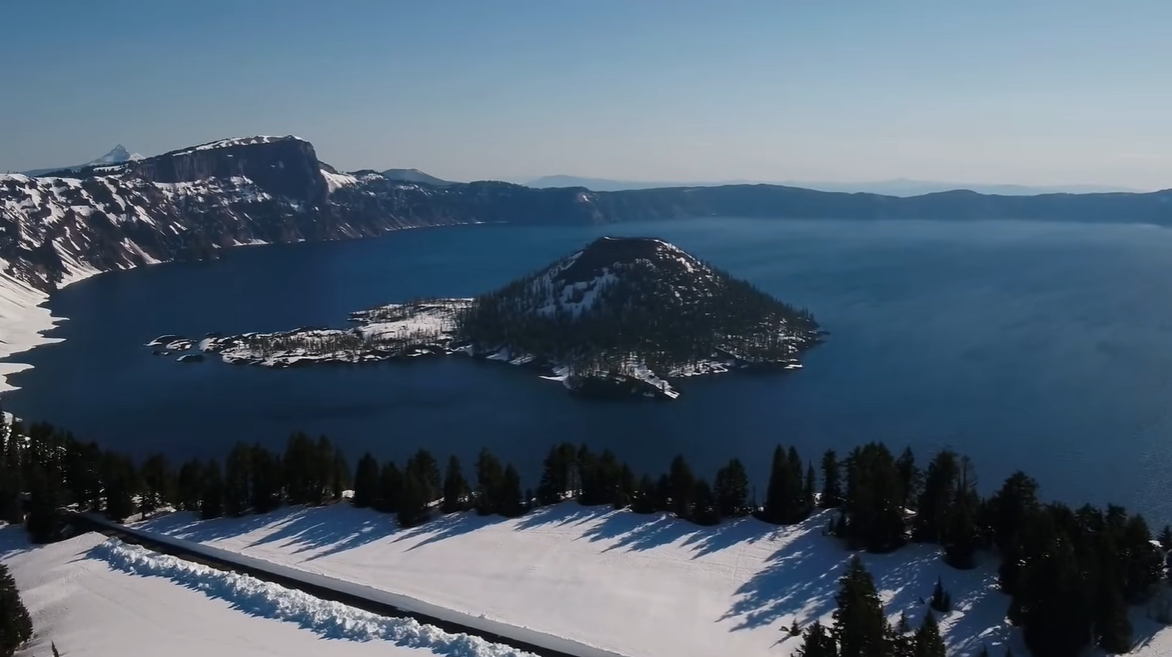.png) |
Wizard Island
|
Phantom Ship is a another notable natural feature located within Crater Lake. It is located near the southeastern shore of Crater Lake, closer to the caldera's edge. Phantom Ship is a group of jagged, dark-colored rock formations rising from the surface of Crater Lake. Its name comes from its resemblance to a ghostly ship, especially when viewed from certain angles or in specific lighting conditions.
Phantom Ship is approximately 500 feet (152 meters) long. It rises to a height of approximately 16 stories, or around 200 feet (61 meters), above the surface of the lake. Made of 400,000-year-old lava flows, Phantom Ship serves as a refuge for nesting birds and adds to the lake’s mystique.
.png) |
Phantom Ship
|
.png) |
| Phantom Ship |
The Rim Drive, a scenic 33-mile loop around the lake, offers spectacular vistas from various viewpoints. Along the way, visitors can explore several hiking trails, including the Garfield Peak Trail, which provides some of the best panoramic views of the lake and surrounding Cascade Mountains.
.png) |
| Crater Lake Rim Drive |
Ecology and Wildlife
Crater Lake’s ecosystem is unique due to its isolation and nutrient-poor environment. Despite these challenges, the lake supports life, including native zooplankton and introduced fish species such as kokanee salmon and rainbow trout. The surrounding forests are home to diverse wildlife, including black bears, mountain lions, elk, and bald eagles.
The park’s flora includes old-growth forests of whitebark pine, mountain hemlock, and Shasta red fir. Wildflowers bloom in abundance during the summer months, adding vibrant colors to the rugged landscape.
Climate and Best Time to Visit
Crater Lake experiences a subalpine climate, with heavy snowfall in winter—averaging over 500 inches annually. The lake is often inaccessible from late fall through early summer due to snow-covered roads. The best time to visit is from July to September when the roads are clear, and the weather is more favorable for hiking, camping, and sightseeing.
.png) |
| Crater Lake Snowfall |
.png) |
| Crater Lake Snowfall |
Conclusion
Crater Lake is more than just a scenic landmark—it is a testament to the dynamic forces of nature and a symbol of pristine wilderness. Whether admiring its deep blue waters, exploring its rugged terrain, or marveling at its volcanic history, visitors to Crater Lake are sure to experience one of the most awe-inspiring landscapes in North America.
FAQs
Q. Where is Crater Lake located?/Where would you find Crater Lake?/What city is crater lake in?
A. Crater Lake is located in southern Oregon, USA, within Crater Lake National Park. It is situated in the Cascade Mountain Range. The nearest major city to Crater Lake is Medford, which is about 80 miles (130 kilometers) to the southwest. Another nearby city is Klamath Falls, approximately 60 miles (97 kilometers) to the southeast. There is no city within the park itself, as it is a protected natural area primarily dedicated to conservation and recreation.
 |
| Crater Lake Map |
Q. How big is Crater Lake?
A. Crater Lake is notable for its size and depth. Here are some key dimensions:
Surface Area: Approximately 20.6 square miles (53.2 square kilometers).
Maximum Depth: About 1,943 feet (592 meters), making it the deepest lake in the United States and the ninth deepest in the world.
Average Depth: Around 1,148 feet (350 meters).
Caldera Diameter: The lake occupies a caldera that is about 5 to 6 miles (8 to 10 kilometers) in diameter.
Volume: Crater Lake holds approximately 4.9 trillion gallons (19 trillion liters) of water.
Surface Elevation: The surface of the lake is at an elevation of about 6,178 feet (1,883 meters) above sea level.
Q. How deep is crater lake in Oregon?/How deep is Crater Lake at its deepest point?
A. Crater Lake in Oregon is known for its impressive depth. At its deepest point, Crater Lake is about 1,943 feet (592 meters) deep. This makes it the deepest lake in the United States and the ninth deepest in the world. Its remarkable depth, along with its clear, blue waters, contributes to its status as a unique natural wonder.
Crater Lake Photos
.png) |
| Crater Lake |
.png) |
| Crater Lake |
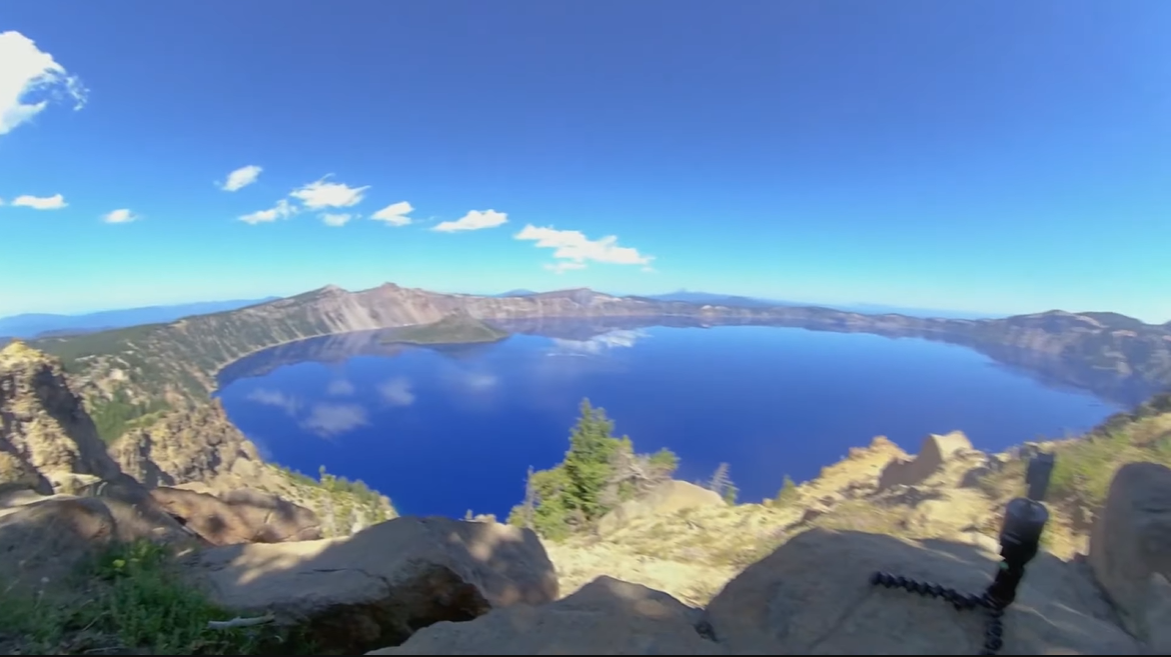.png) |
| Crater Lake |
.png) |
| Crater Lake |
.png) |
| Crater Lake |
.png) |
| Crater Lake |
.png) |
| Crater Lake |
.png) |
| Crater Lake |
.png) |
| Crater Lake |
.png) |
| Crater Lake |
.png) |
| Crater Lake |
.png) |
| Crater Lake |
.png) |
| Crater Lake |
.png) |
| Crater Lake |
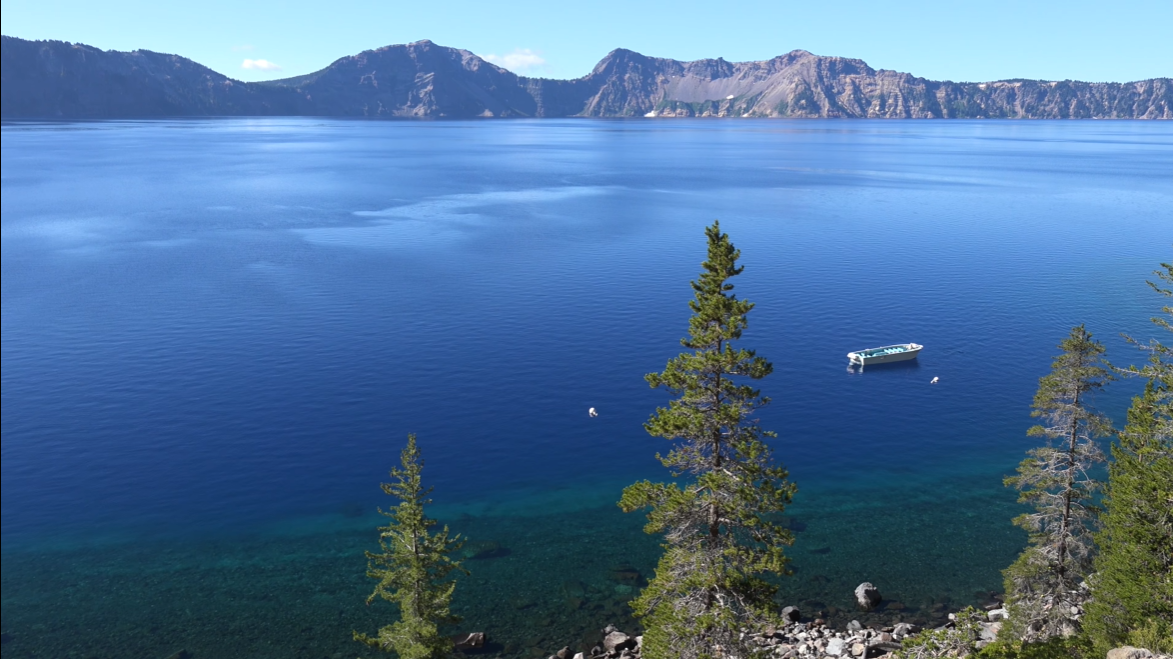.png) |
| Crater Lake |
.png) |
| Crater Lake |
.png) |
| Crater Lake |
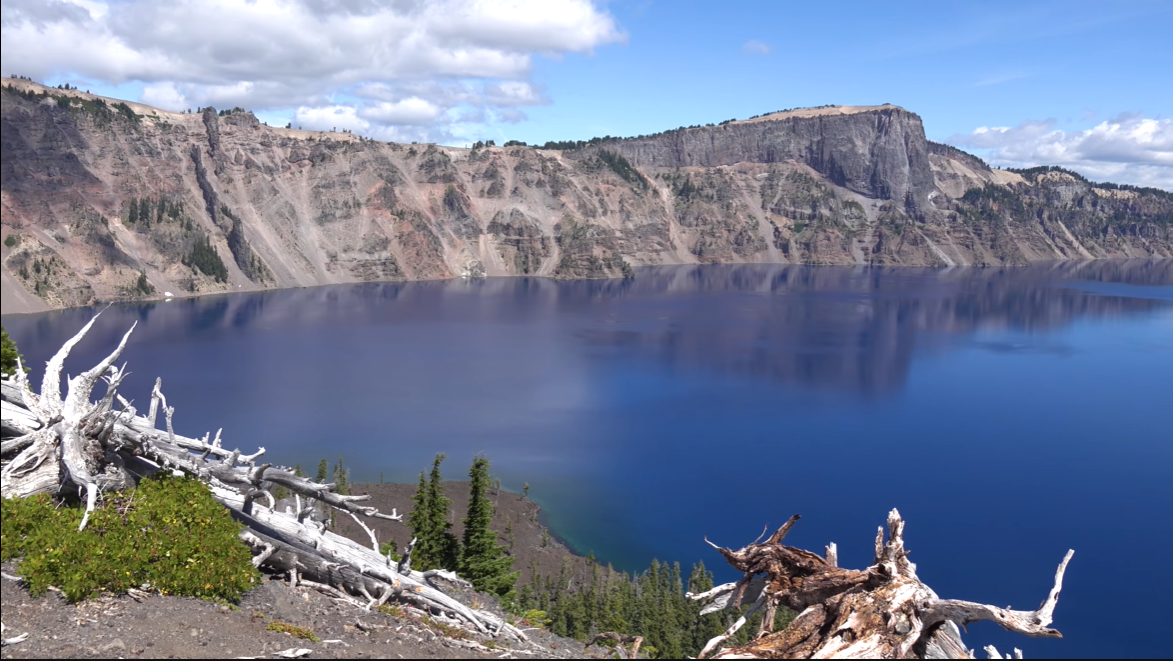.png) |
| Crater Lake |
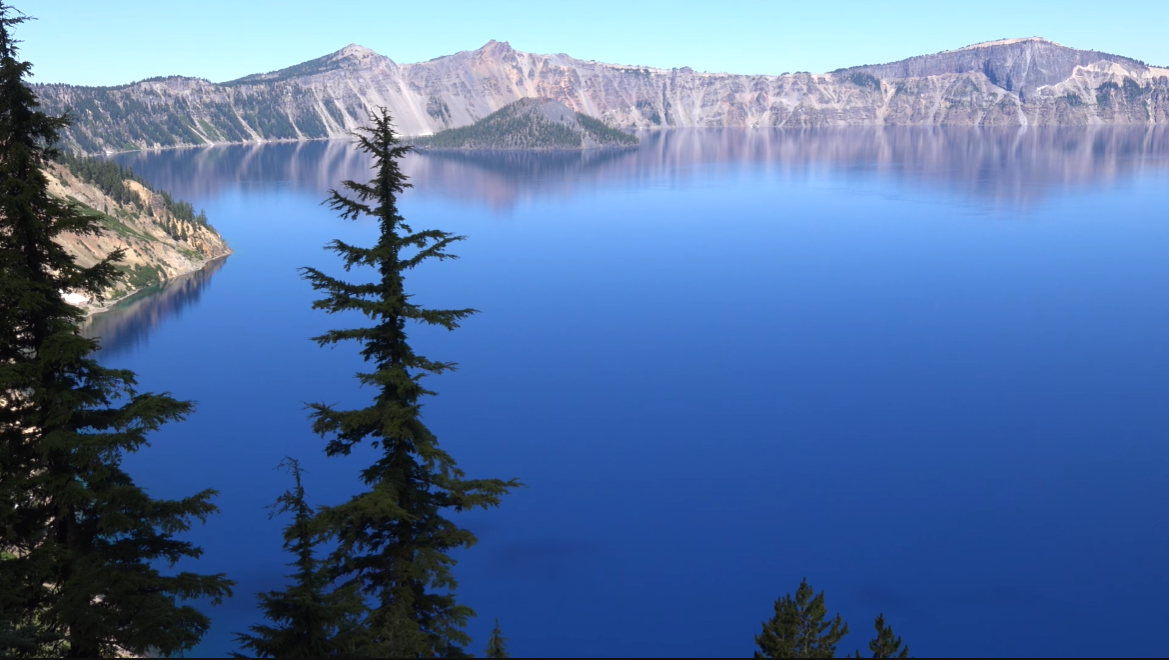.png) |
| Crater Lake |
.png) |
| Crater Lake |
.png) |
| Crater Lake |
.png) |
| Crater Lake |
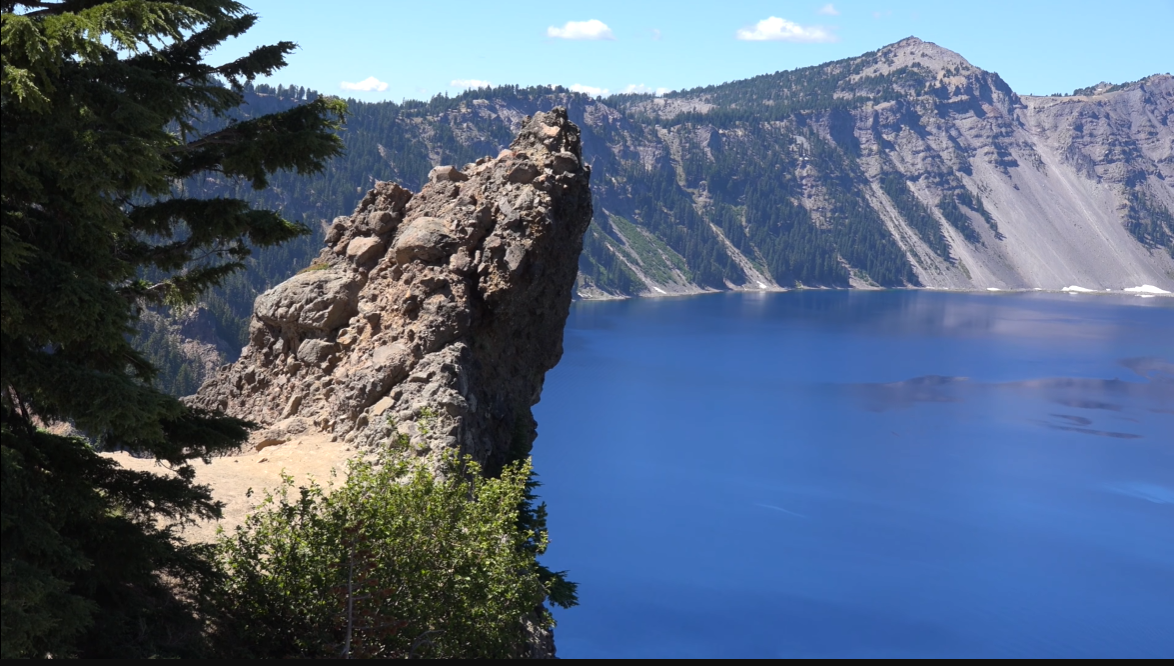.png) |
| Crater Lake |
.png) |
| Crater Lake |
.png) |
| Crater Lake |
.png) |
| Crater Lake |
.png) |
| Crater Lake |
.png) |
| Crater Lake |
.png) |
| Crater Lake |
.png) |
| Crater Lake |
.png) |
| Crater Lake |
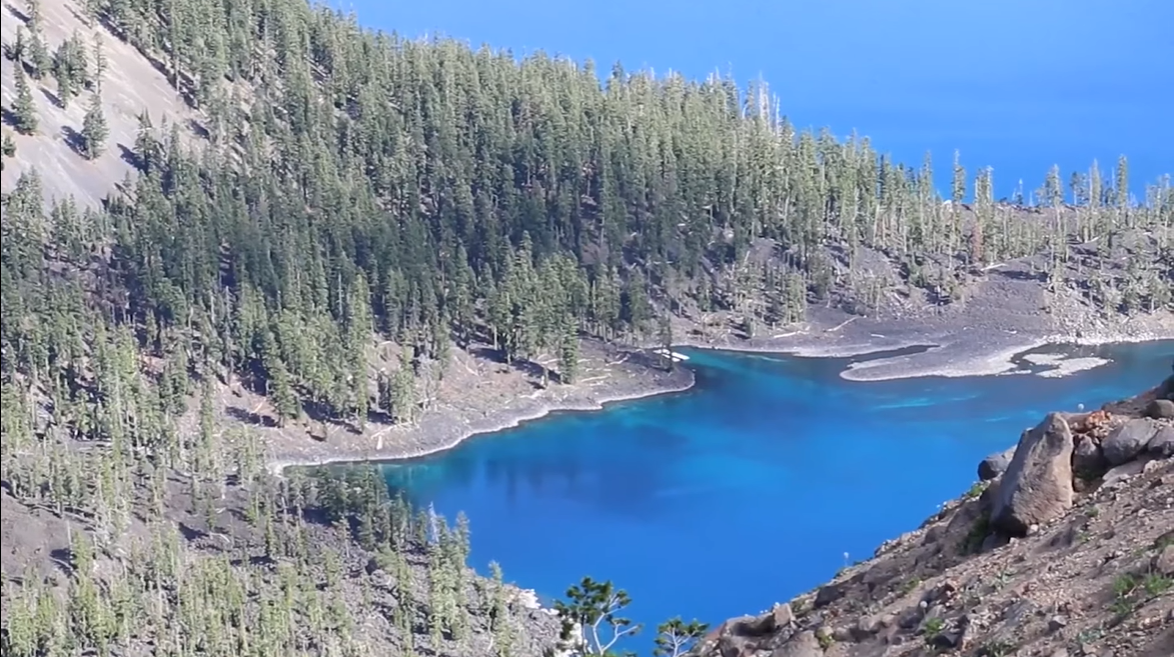.png) |
| Crater Lake |
.png) |
| Crater Lake |
.png) |
| Crater Lake |
.png) |
| Crater Lake |
.png) |
| Crater Lake |
.png) |
| Crater Lake |
.png) |
| Crater Lake |
.png) |
| Crater Lake |
.png) |
| Crater Lake |
.png) |
| Crater Lake |
.png) |
| Crater Lake |
.png) |
| Crater Lake |
.png) |
| Crater Lake |
.png) |
| Crater Lake |
.png) |
| Crater Lake |
.png) |
| Crater Lake |
.png) |
| Crater Lake |
.png) |
| Crater Lake |
.png) |
| Crater Lake |
.png) |
| Crater Lake |
.png) |
| Crater Lake |
.png) |
| Crater Lake |
.png) |
| Crater Lake |
.png) |
| Wizard Island |
.png)
.png)

.png)
.png)
.png)
.png)
.png)
.png)
.png)

.png)
.png)
.png)
.png)
.png)
.png)
.png)
.png)
.png)
.png)
.png)
.png)
.png)
.png)
.png)
.png)
.png)
.png)
.png)
.png)
.png)
.png)
.png)
.png)
.png)
.png)
.png)
.png)
.png)
.png)
.png)
.png)
.png)
.png)
.png)
.png)
.png)
.png)
.png)
.png)
.png)
.png)
.png)
.png)
.png)
.png)
.png)
.png)
.png)
.png)
.png)
.png)
.png)
.png)
.png)

No comments:
Post a Comment